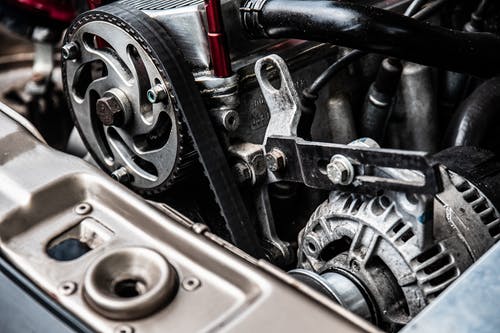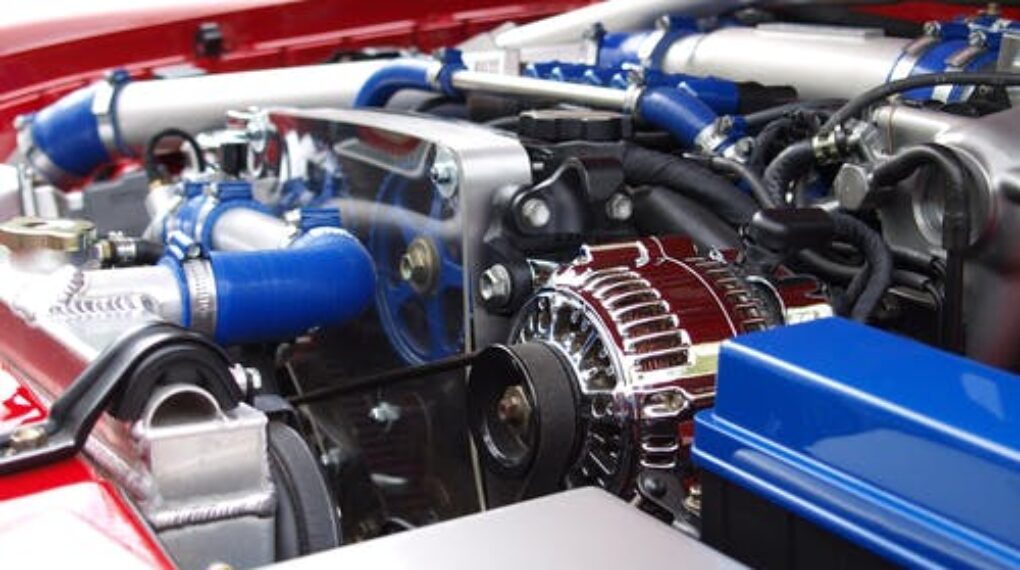
The world of engine performance never seems to rest. Tuners and performance enthusiasts are always looking for ways to push their engines and vehicles to the absolute limit. Better and higher displacement engines, nitrous boosts, valve activations, bigger and stickier rubber are just some of the common starting points that mod freaks go gaga about.
In this regard, one of the most important ways to improve engine performance is by understanding ignition timings. The right timing can help in adding that extra boost to an engine’s performance and allow you to shave off a couple of milliseconds of the 0-60 sprints. While milliseconds might not sound enough, in the world of racing that is all there is!
In this article, we are going to discuss everything you need to know about ignition timing and performance. If you are someone that is looking to improve your ignition timing, you need to get your hands on the best pertronix distributor to improve and increase your engine performance in 2022.
What is Ignition Timing: A Brief Introduction

What happens when you switch on any vehicle? Let us try to take you through the basic mechanical processes. When you switch on the vehicle, there is a spark created. This spark fires the fuel and air mixture leading to compression. This compression in turn actuates the valves and pistons and powers your vehicle’s transmission.
The result- your vehicle starts to move from a stationary position. You might think that the list of mechanical processes that have been listed down might take a long time. In reality, it does not. Everything is done instantaneously so that as soon as you step on the gas, you are mobile. In hindsight, it all depends on the strength of the ignition timing.
The Ignition System is responsible for providing the spark for compression and the combustion chamber just at the right time. This is something that with the right kind of tuning can help in boosting the performance of the engine and make it more responsive and sportier when the throttle is provided.
Things to know when setting Ignition Timing in Modern Cars

We hope that the last section was able to give you a fair idea about how ignition timing in modern cars works. In this section, we are going to list down some important things that you should know when setting ignition timings-
1. Should be set according to the engine design-
All engines are not made in the same fashion. Some are three-cylinder ones while others might have a V8. In other words, the ignition timing for a small engine might not be the same as a bigger one. It is all about the load and pressure-bearing capacity of an engine. Make sure that you are setting the ignition timing according to the engine design.
2. Improper ignition timing can damage the engine-
Following what we said in the first point, an improperly set ignition time can interfere with the internal dynamics of the engine. It can either lead to the burnout of the compression chamber or the breakdown of the pistons and valves. Even if it works, it can lead to uncontrollable vibrations which can make the entire driving experience an impossible one.
3. Ignition timing affects different engine variables-
Slight changes to the ignition timing can lead to a barrage of changes in all aspects of a vehicle’s performance. For example, if you tweak the ignition timing everything from your power output, torque figure, and even the fuel economy experiences a change. You cannot just improve the power; you will have to contend with a drop in the fuel economy figures as well.
The Bottom Line
Almost all modern manufactured vehicles use a computer-generated program to control the ignition timing. Tweaking with the same might void the manufacturer’s warranty and cause signals and alarms. If you want to make changes to your ignition timing, make sure you are taking help from experts who know what they are doing. At the end of the day, you do not want to compromise on the safety and security front as far as ignition timing and changing vehicular dynamics are concerned.
Read Also:






